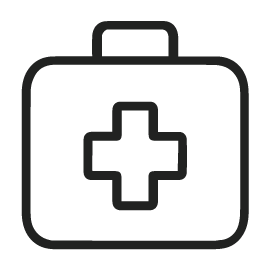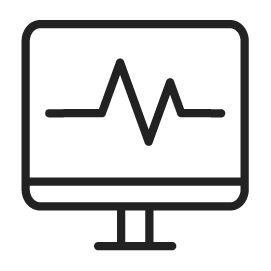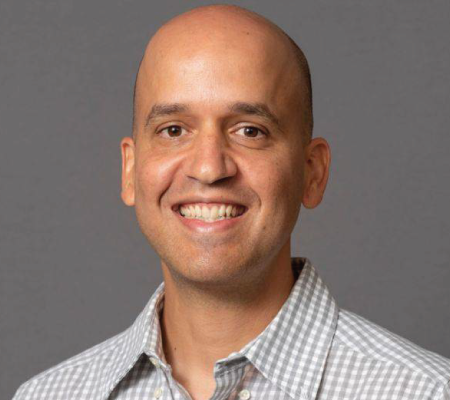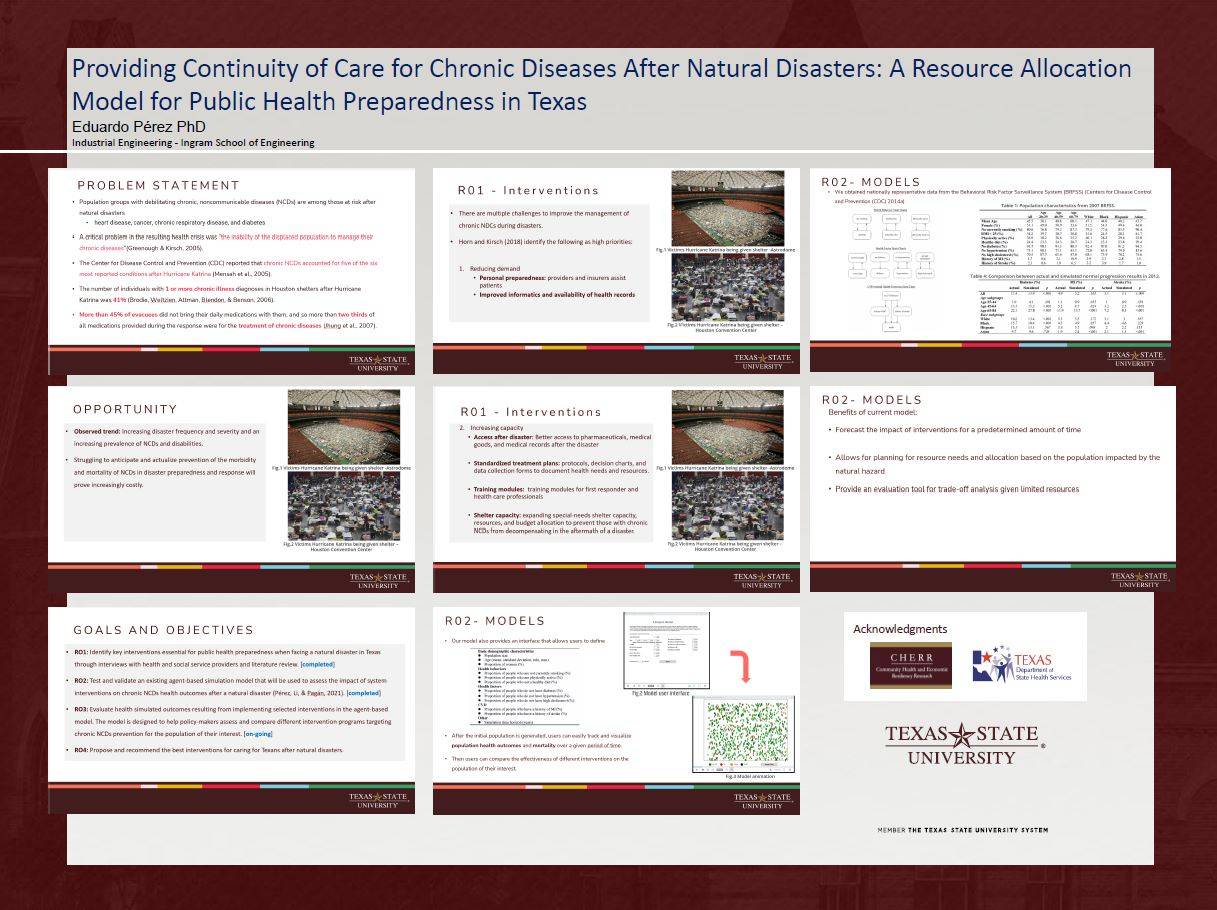ABOUT THE PROJECT
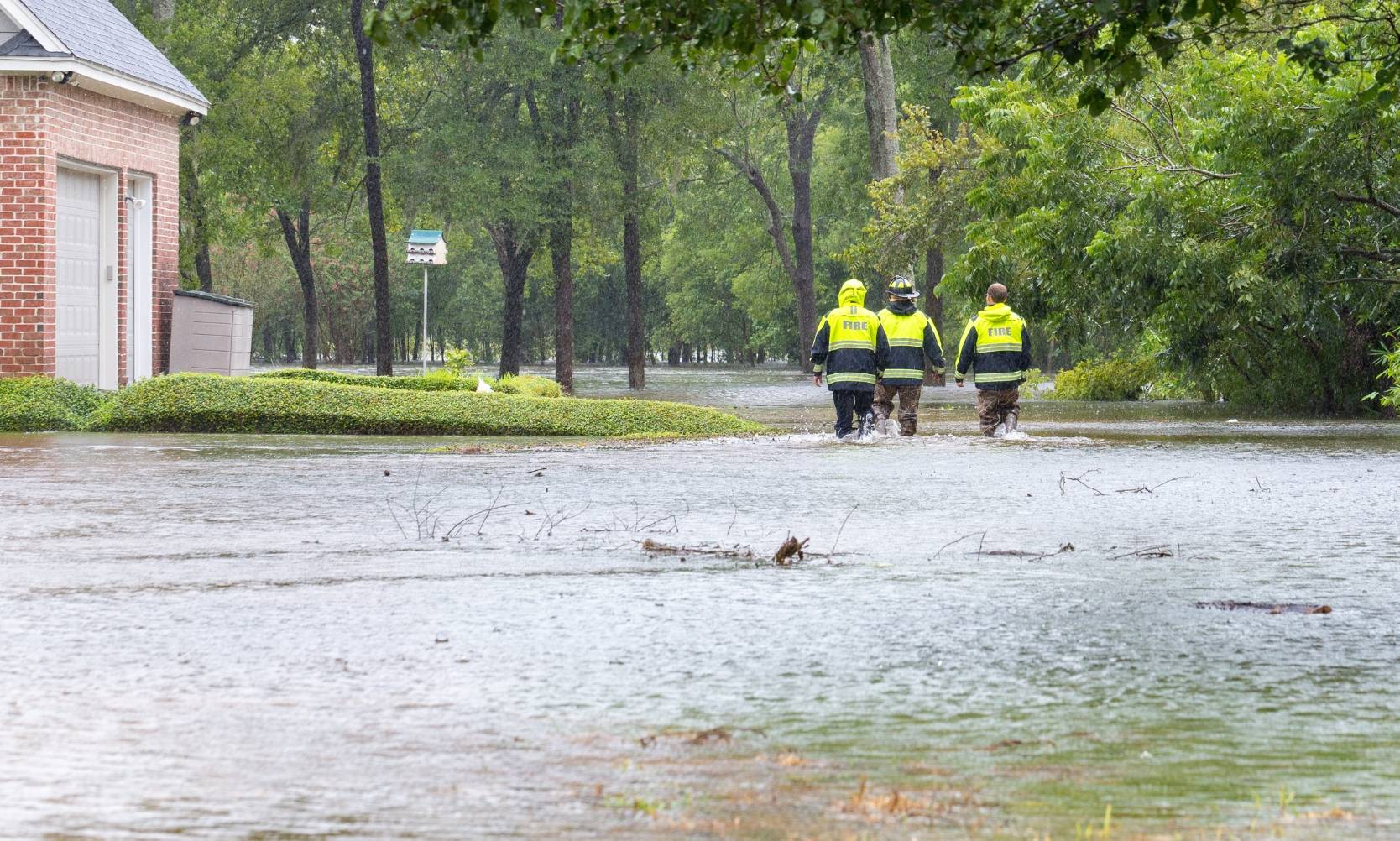
Sponsor:
THRC's Community Health and Economic Resilience Research (CHERR) Center of Excellence
PI:
Dr. Eduardo Perez
Research Pillar(s):
- Develop new models that capture how behavior, mental health, and social conditions influence the risk of heart disease during disasters.
- Create frameworks that merge engineering and health science to guide disaster preparedness.
- Test and validate these models in real-world emergency systems.
Researchers & Collaborators

Dr. Shinwoo Choi
Associate Professor, Social Work
University of Texas El Paso
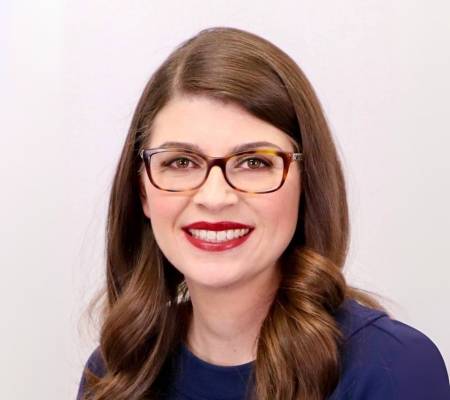
Dr. Elizabeth Ekren
Research Associate
Translational Health Research Center
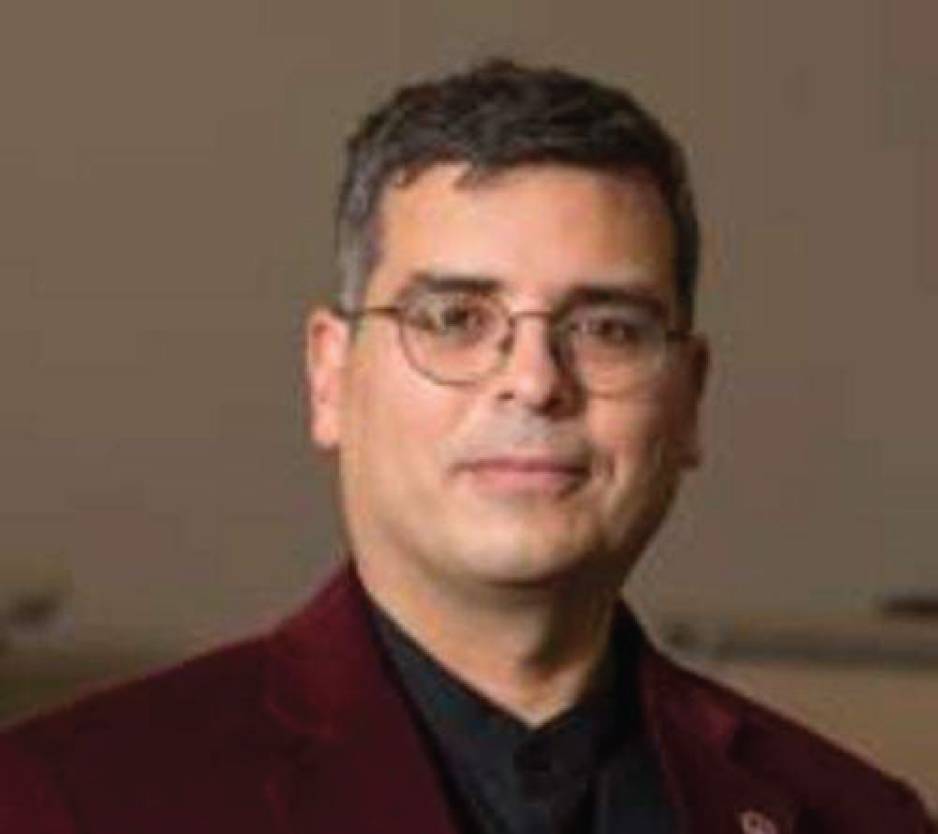
Dr. Francis Mendez Mediavilla
Professor
Department of Information Systems and Analytics
PARTNERS
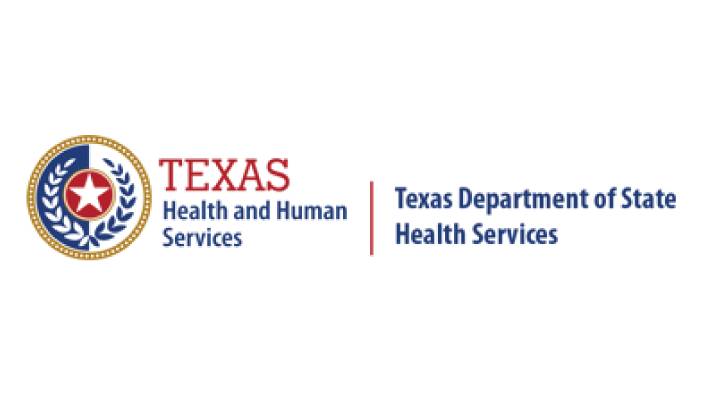
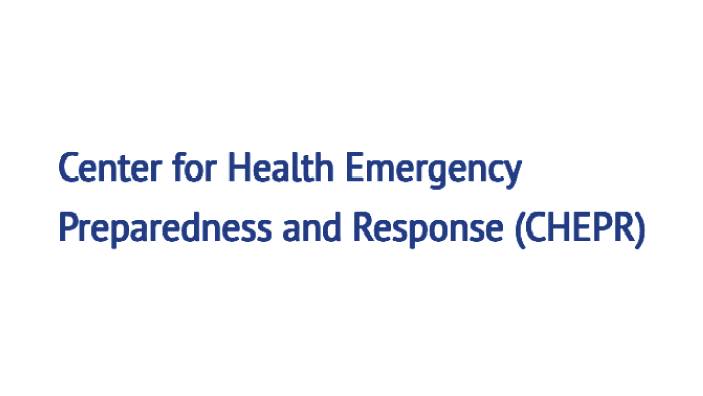
INTERACTIVE DATA MODEL
Decision-making tool to inform planning for future natural disasters.
PUBLICATIONS
Providing Continuity of Care for Chronic Diseases After Natural Disasters: A Resource Allocation Model for Public Health Preparedness in Texas
Author: Dr. Eduardo Perez
Two key strategies emerged to reduce the impact of disasters on patients with CVD:
- Encourage providers and insurers to assist patients with personal preparedness plans.
- Improve information-sharing platforms to ensure access to health records for displaced patients.
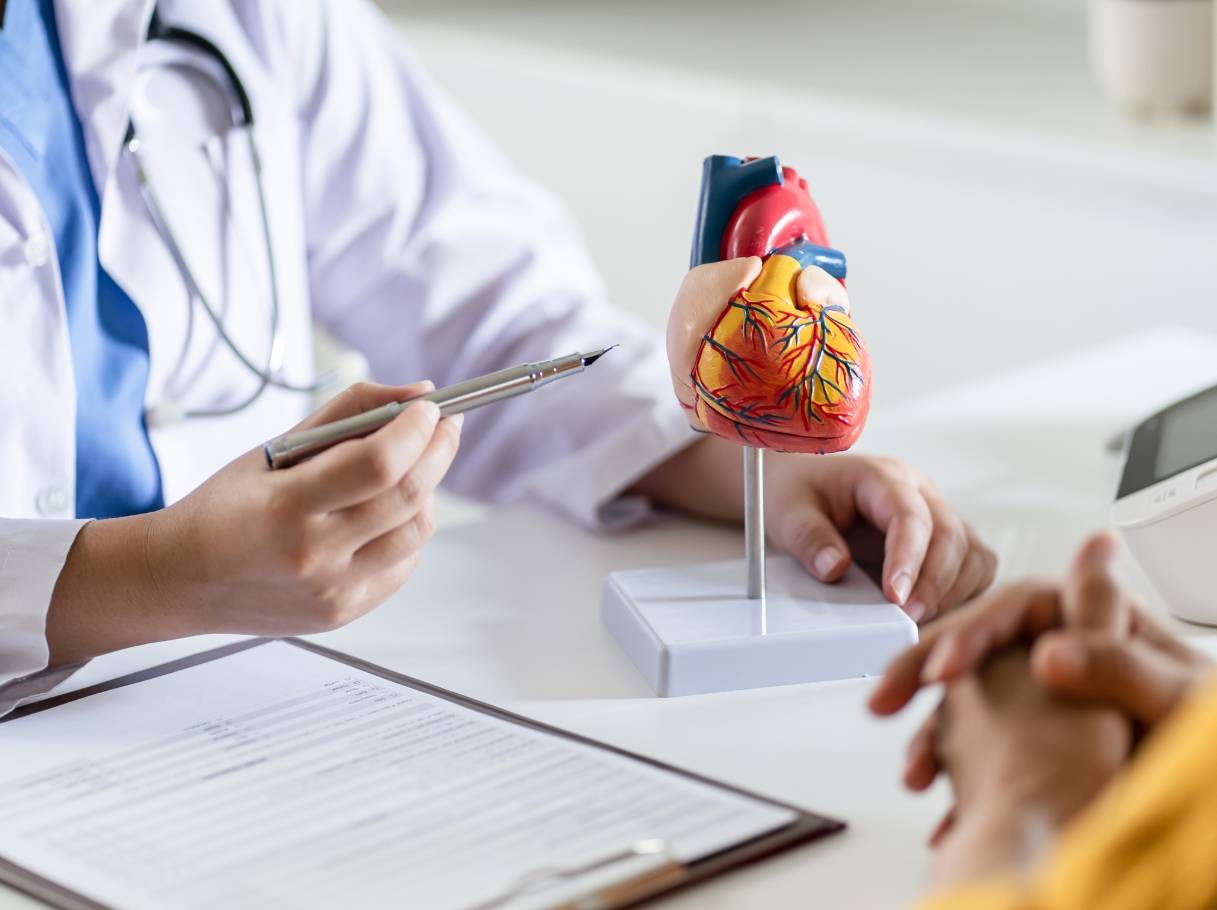
Mixed Integer Programming Model for Planning Interventions to Care for Cardiovascular Patients After Natural Disasters
Authors: Faria Farzana & Eduardo Perez
Cardiovascular disease (CVD) is a major cause of death in the U.S., and the risk grows in disaster-prone areas where displaced people may lack access to essential medications. Mobile pharmacies can help fill this gap. This study uses a mathematical model to optimize where mobile pharmacies should be placed, achieving up to 78% coverage in affected areas. A cost-effectiveness analysis also helps policymakers balance coverage with limited resources. The model offers a practical framework to strengthen disaster preparedness, improve access to care, and protect vulnerable populations.

An Agent-Based Model to Assess Interventions for Continuous Care of Cardiovascular Diseases After Natural Disasters
Authors: Faria Farzana & Eduardo Perez
Cardiovascular disease (CVD) is a major driver of rising deaths in the U.S., and the risk worsens during natural disasters when patients in shelters often lack access to treatment. This study uses an agent-based model to simulate the impact of hurricanes on CVD patients, showing an average 14% increase in mortality—similar to rates seen in Texas. The model helps forecast long-term health outcomes and guide public health planning for disaster response.


